Pompeii, Campania
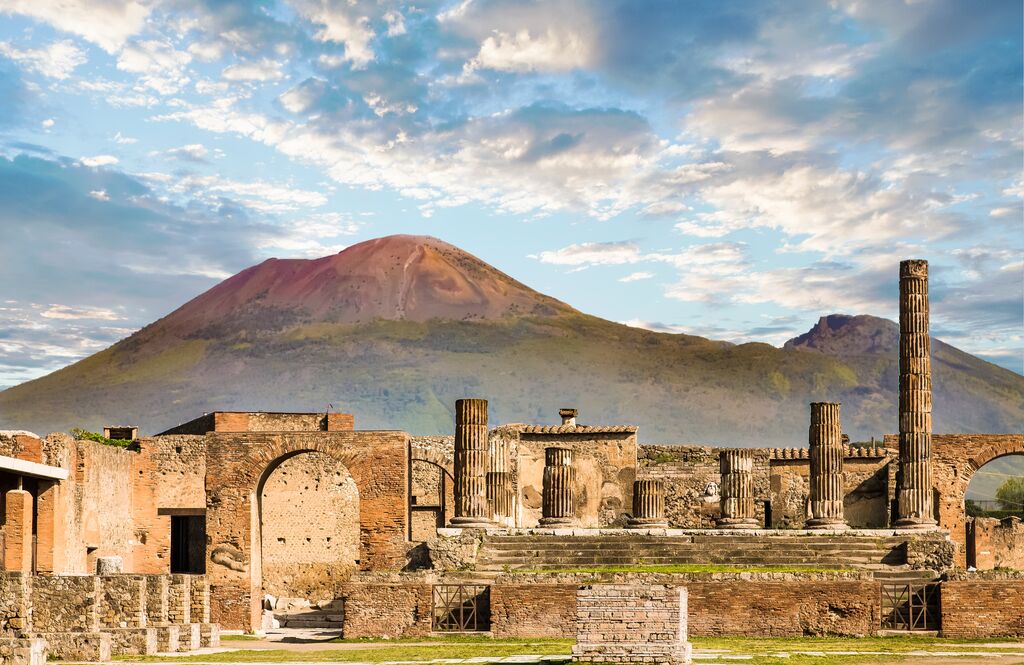
This epic city in the Roman Empire – stocked with large villas, busy gymnasiums, a Roman forum, packed-out amphitheaters and even an ancient fast food restaurant – met a tragic end in 79 AD with the eruption of Vesuvius, which covered Pompeii and its people with deadly pyroclastic flow and ash, freezing the city in time.
When you visit this ancient Roman city, you’ll be struck by the tragic plaster casts that show Pompeii’s citizens in their final moments of life, but also by how life-like the spectacular city is: wander its ancient streets and imagine Romans buying bread or heading to the bar, as you would in any modern Italian city. It’s as memorable and striking as the Colosseum in Rome. Nearby Herculaneum – a beach resort for wealthy Romans, similarly preserved – is also worth a visit.
Discover Pompeii, Vesuvius and more on Insight’s epic Best of Italy itinerary
Matera, Basilicata
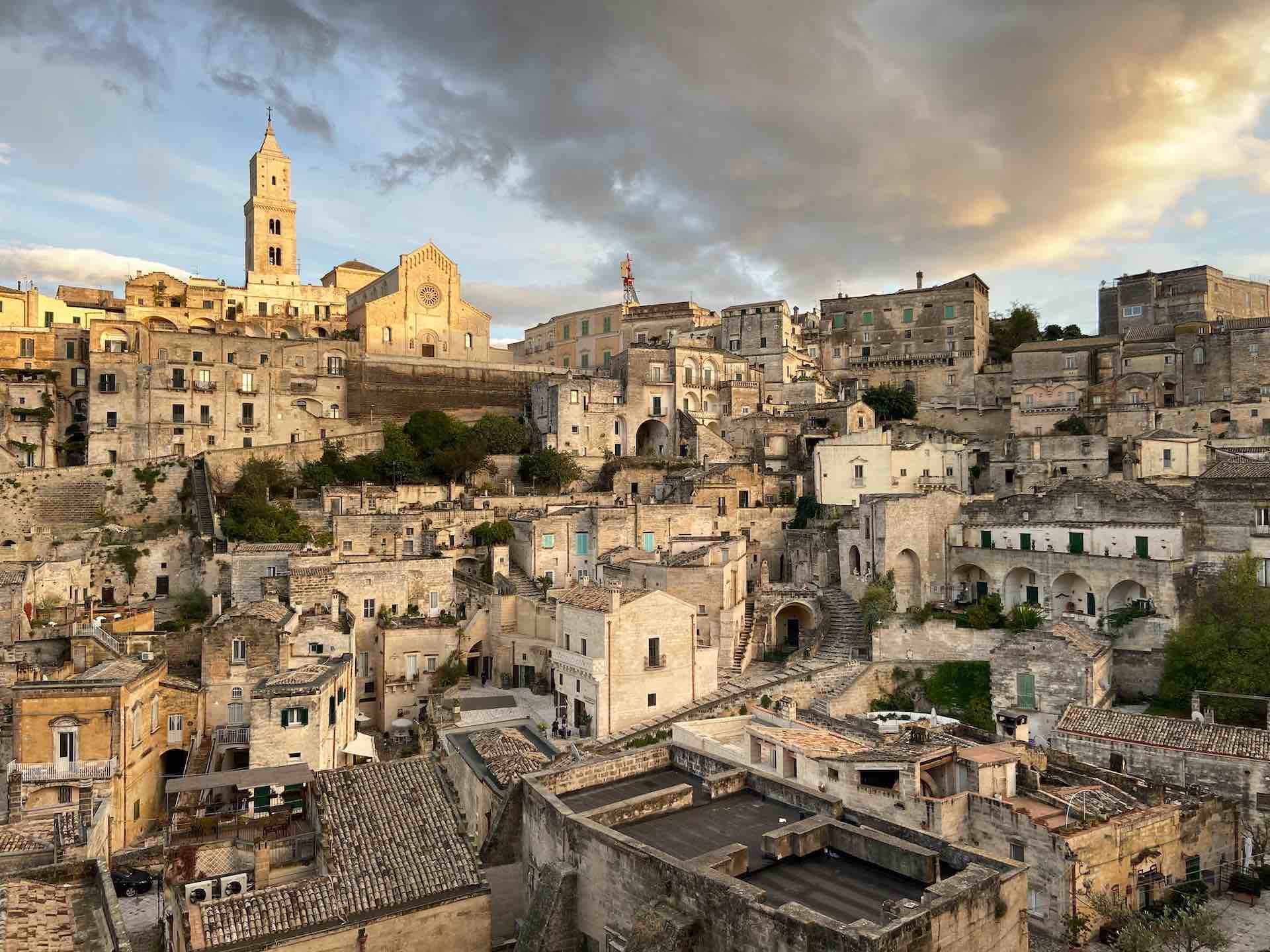
At first glance, this hilltop town in southern Italy looks like any other postcard-perfect medieval village. Stone houses? Check. Church spire that towers above the rest of town? Check. Pretty piazza? Check.
Head for the UNESCO-inscribed Sassi di Matera suburb to discover a place where the people have gone underground: cave houses, dating as far back as the Paleolithic era and inhabited until the 1950s, pockmark the volcanic landscape. If you want to stay the night, you’re in luck – some of the cave dwellings have been transformed into boutique hotels and cozy trattorias; all the ingredients for a perfect evening among Italy’s historical sites.
Poveglia, Venice
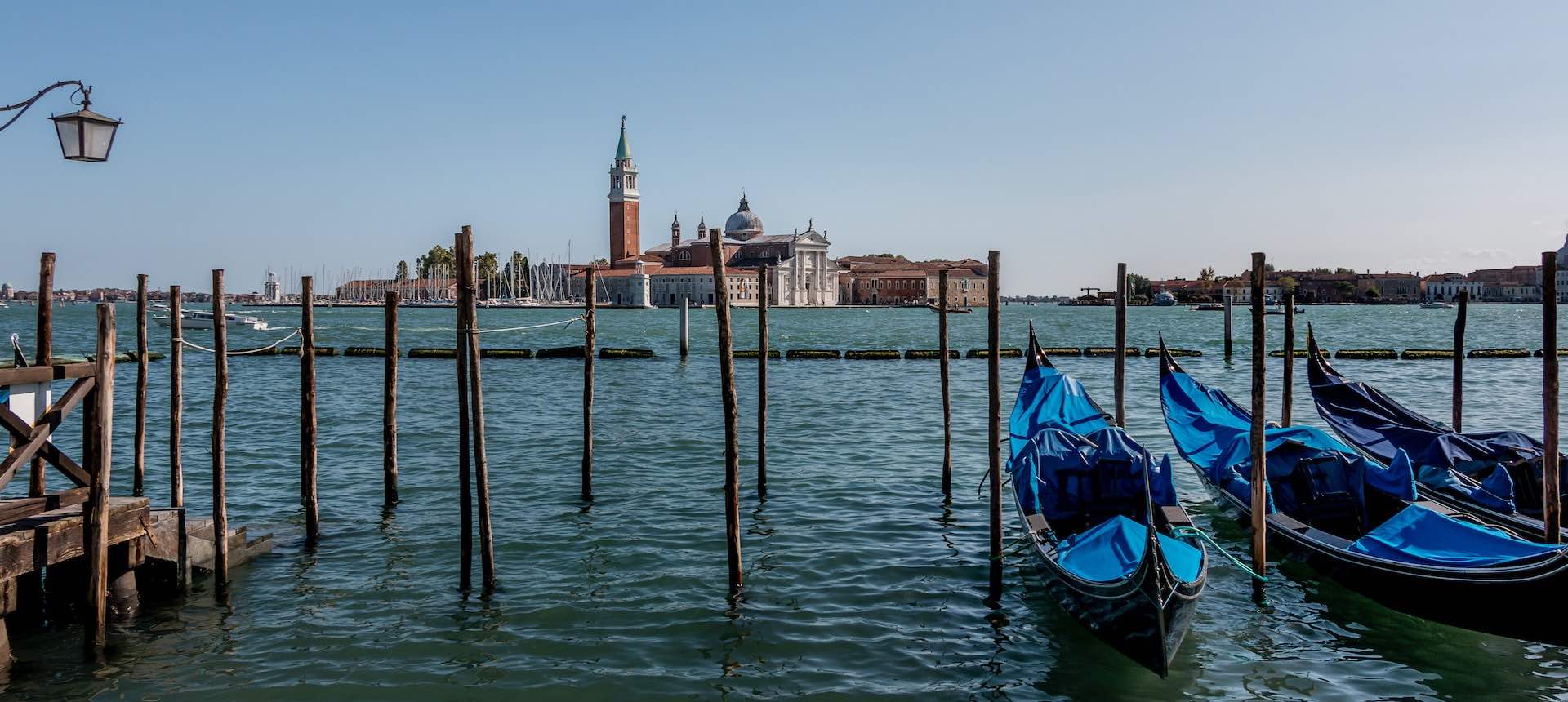
Prepare yourself for a spine-tingling historic adventure on Poveglia, a small island at the bottom end of Venice’s salty lagoon. This eerie island – abandoned and unloved, a far cry from St. Mark’s Square – has a dark past as a quarantine station, insane asylum, and plague burial ground. Some sources say up to 160,000 people died here: no wonder Poveglia is renowned for being one of the most haunted historical sites in Italy.
Though Poveglia remains inaccessible to the general public, its mystique lures daring thrill-seekers and ghost hunters who can gain a special permit. Alternatively, charter a private boat and skirt around the edge of the island to see the abandoned checkpoints and overgrown campaniles from a safe – but perhaps still too close – distance.
Here’s what you’ll learn about Venice on our 10-day Italy guided tour
Castello Sforzesco, Milan
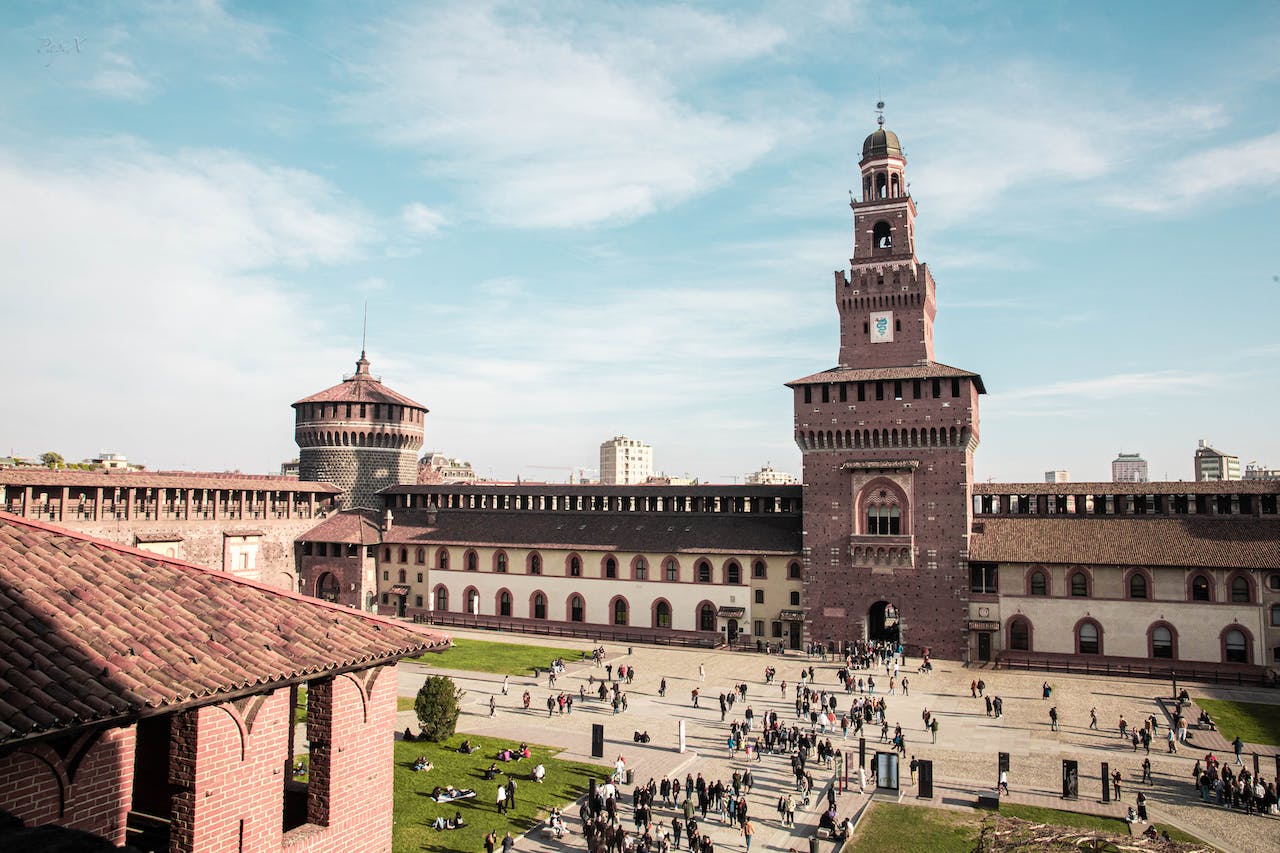
While it’s not exactly a lesser-known historical landmark in Italy, Milan’s imposing Castello Sforzesco – originally built in 1368 – stands at the beating heart of the fashion capital. It vies for tourists’ attention against Milan’s cathedral, Italy’s largest church, which dominates the city skyline. It’s hard to say which wins out, both are equally impressive and iconic. Built in the 15th Century, over the course of its fascinating life the Castello has been fought over by multiple warring families, turned into a truly palatial home, dynamited by Napoleon in 1801 before morphing into the city’s premiere cultural space in the 21st century. Today, it houses a treasure trove of works of art and ancient artefacts, including Michelangelo’s unfinished masterpiece, the Pietà Rondanini.
The critical role food plays in understanding another culture
Temple of Concordia, Sicily
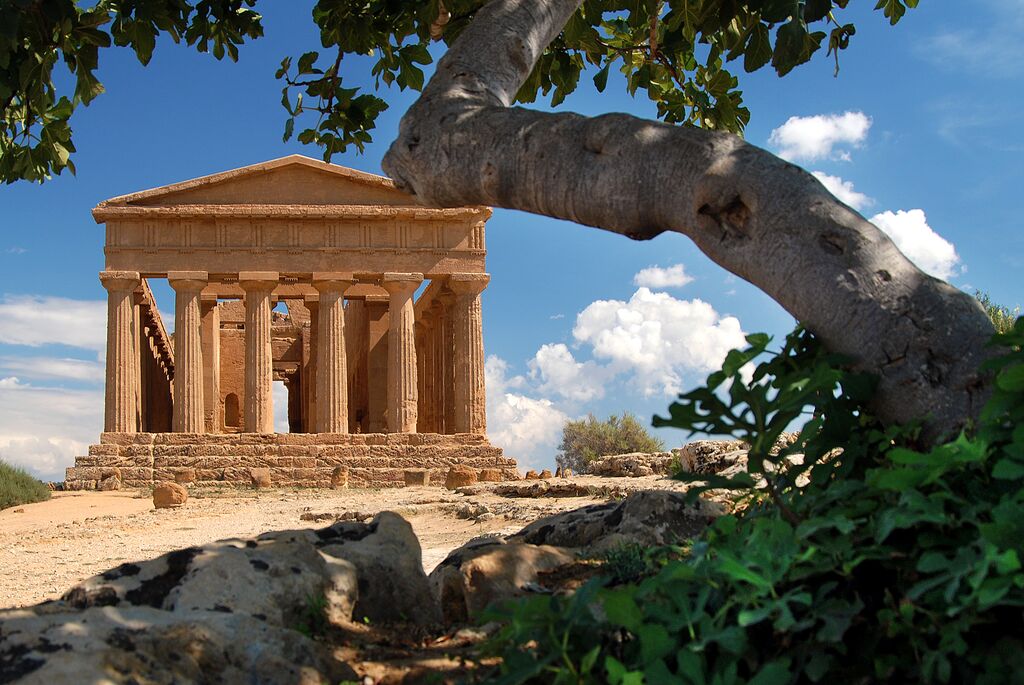
Take a voyage to ancient Greece without leaving Italy at this famous landmark in Sicily. The Temple of Concordia is easily the best-preserved building in Sicily’s Valley of the Temples – a UNESCO-listed selection of eight temples and other incredible landmarks built by ancient Greek colonizers in southern Italy.
Built around 430 BC on a windswept hill, this Doric temple remains remarkably intact, thanks to the fact it was continually used as a place of worship right up until 1785. Its columns, adorned with intricate fluting, are a testament to the skill of ancient Greek craftsmen. Stand atop the hill and survey the breathtaking, ruined landscape – you’ll feel an undeniable connection with the ancient world.
Get to know Sicily in depth on our history-packed 8-day tour
Alberobello, Puglia
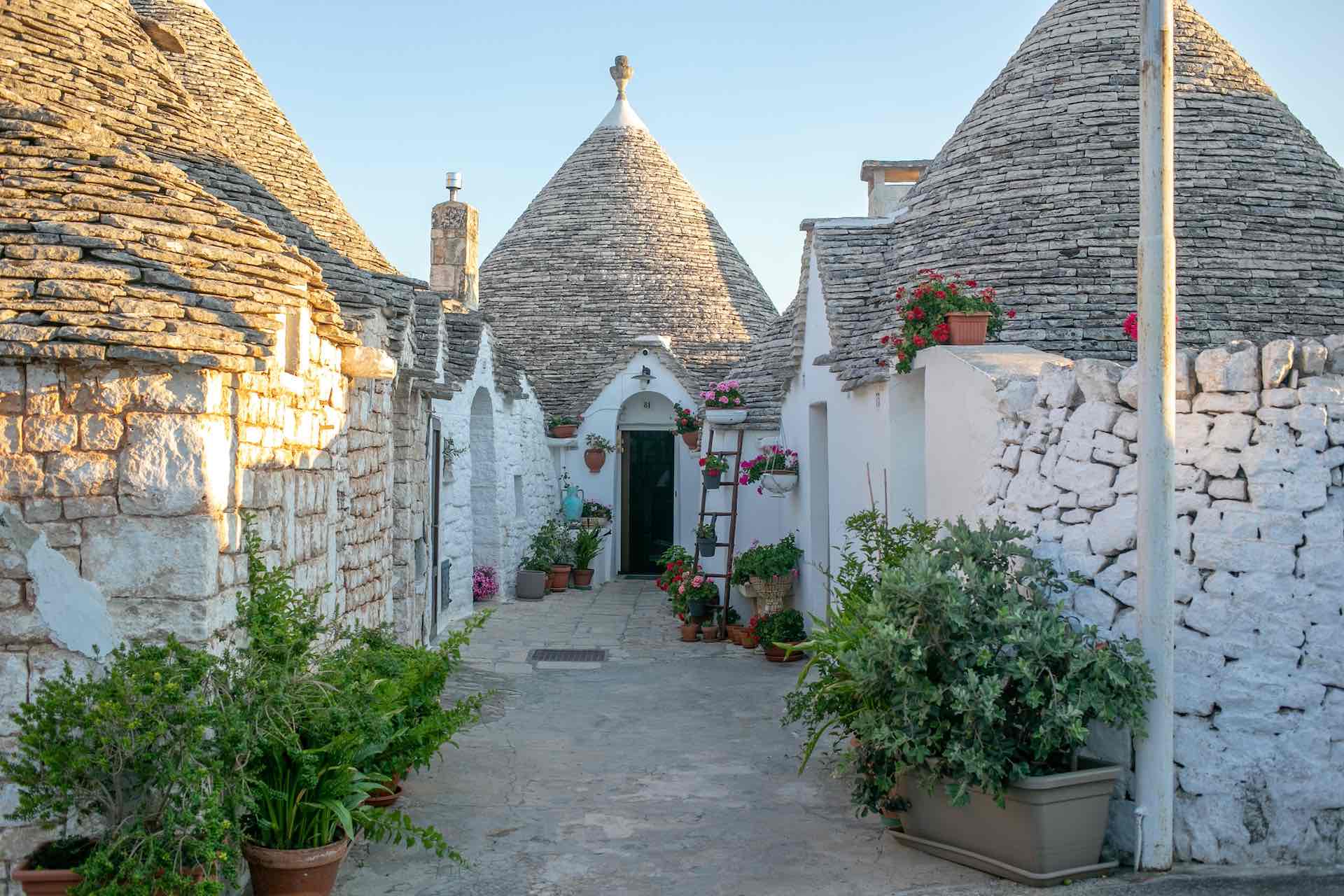
As old buildings in Italy go, Alberobello in Puglia looks straight out of a fairy tale. Its 1,500 trulli houses – dry-stone buildings constructed without mortar, which balance storybook conical roofs on top – date back to the 14th century and could be the houses of pixies and princesses. Instead, they owe their existence to a more earthly power: the fragile-looking houses were actually a creative way to evade property taxes. Local legend claims that to avoid paying his dues, a feudal lord demanded Alberobello’s inhabitants build their houses without mortar, so the buildings could be torn down (then reconstructed) in the event of any tax inspection.
Today, Alberobello’s trulli houses are not just a tourist attraction but also a UNESCO World Heritage Site. Walking through its enchanting streets, you’ll encounter a delightful blend of history and whimsy in the handicraft shops, farm-to-table restaurants and homestays that now occupy this stunning historic site in Italy.
These experiences will expand your knowledge of the ancient world
Val d’Orcia, Tuscany
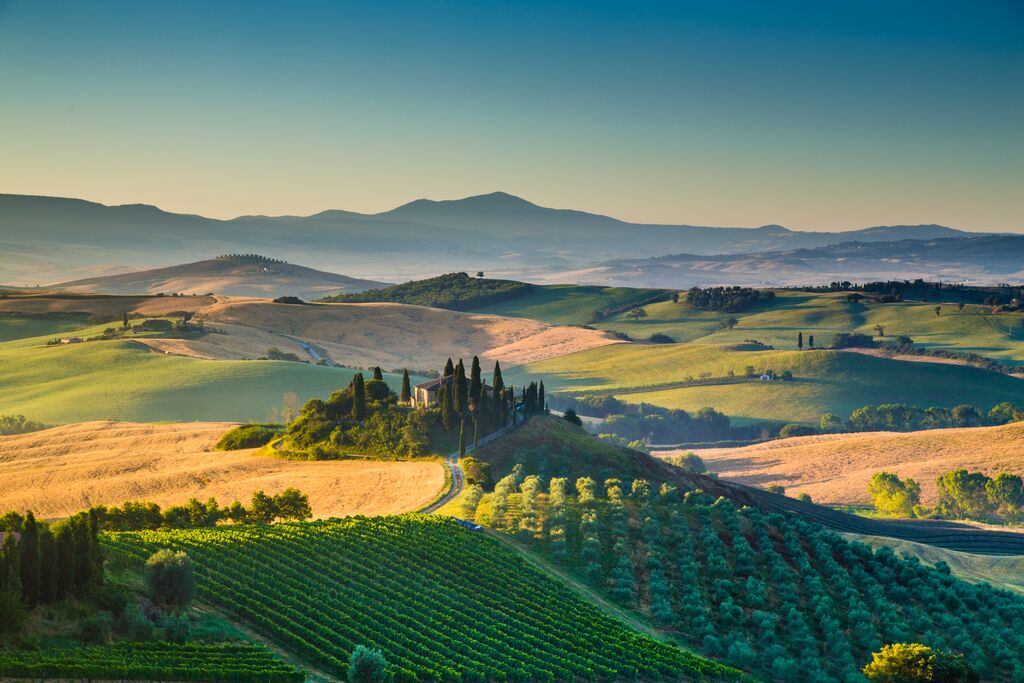
For something on UNESCO’s list that’s a little different to the rest, drive into Tuscany’s idyllic Val d’Orcia. The vines, villages and woodland that cover this area might seem organic, but they’re actually the result of utopian-style agricultural planning that flourished in the 13th and 14th centuries.
As the nearby city of Siena became more powerful and influential (just look at the Piazza del Campo), its merchants invested heavily in new forms of agriculture, on the condition that farmers would return half their yield to their investors. In turn, the merchants would pour their money back into the Val d’Orcia region, even paying heavyweight Renaissance artists to depict its unique landscape in romantic paintings. Although the idea died out, the aesthetically-pleasing farmland plotted on the Tuscan countryside remains, as do the Renaissance-era peaceful hill towns built along sleepy cypress-lined avenues.
Want more rolling hills? Discover the gems of Britain on our whistle-stop grand tour




